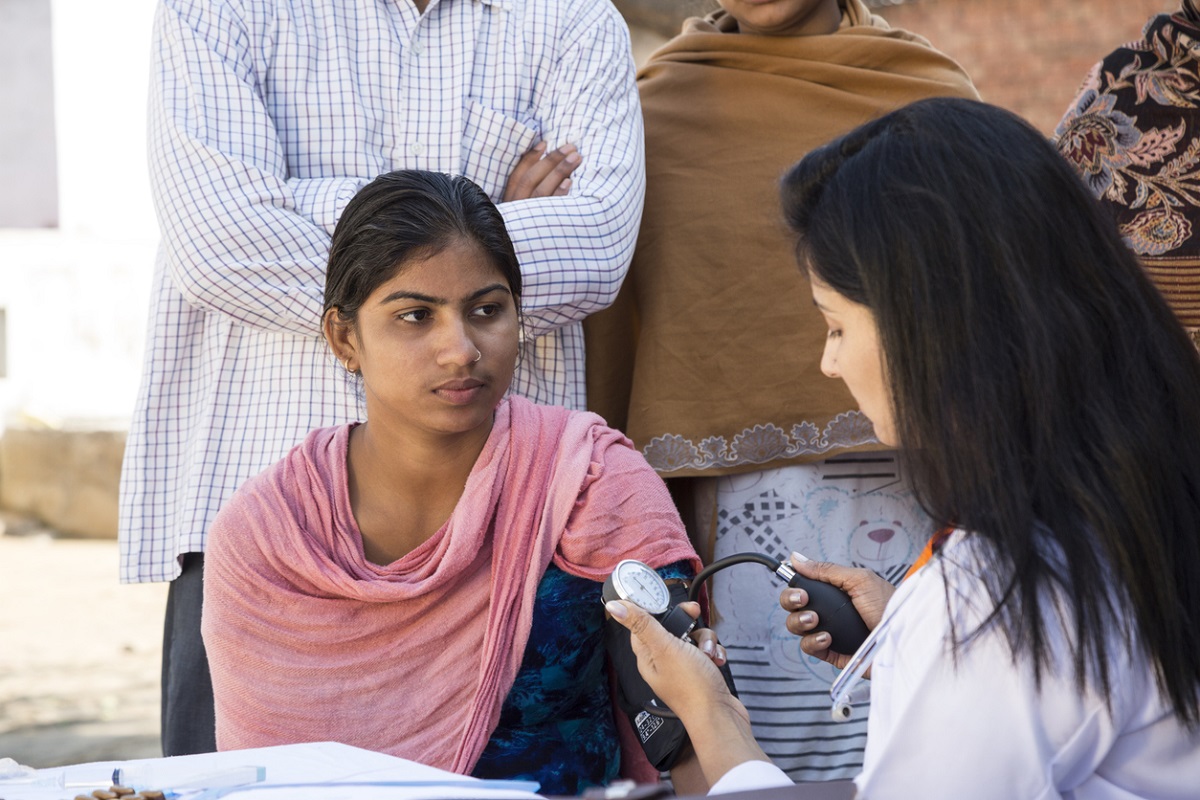ICMR signs MoAs for strengthening clinical research ecosystem
This initiative is a crucial step towards establishing India as a leader in the clinical development of pharmaceutical agents, it added.
The challenge is exemplified by the fact that more than 63 per cent of the posts of specialist doctors were vacant on March 31, 2020, going by the health ministry’s rural health statistics.

(Representational Image: iStock)
Rural India will eventually get the attention and care it deserves, if the blueprint unveiled on Sunday by the Union health ministry is any indication. Long overdue and now released almost a year after the first wave, implementation will doubtless pose a challenge primarily because the second wave has been deadlier.
The plan of action is riveted to what they call “peri-urban, rural and tribal areas” where the people have for generations been strangers to medical science. There is an inherent risk, therefore, in prescribing a stiff dose of medicines. The blueprint dwells on surveillance, detection and treatment at home for “mild cases” and in a “three-tiered structure for “moderate or severe cases”.
Such a fine distinction may not be valid given health conditions in contemporary India where the cases are by and large severe, when not mortal. If it was a predominantly urban affliction last year, the Centre has mentioned that a “gradual ingress in now being seen in peri-urban, rural and tribal areas’’ in a country that is predominantly rural.
Advertisement
An estimated 490 districts in the country had a test positivity rate of ten per cent or higher on Sunday, implying that these backward areas are on the verge of an epidemic. The guidelines have underlined the basics in medical science, specifically the need for “active surveillance for influenzalike illness or acute respiratory infections”. There is scant emphasis on the medical fraternity and an overdose in terms of involvement of social health activists and village health, sanitation and nutrition committees.
Lack of sanitation has been the bane of rural India, and nutrition has been accorded a minor rating in the Food Security Act. The blueprint envisages that every Covid-19 household will receive what they call a “home isolation kit” to measure the oxygen level and fever. It is all very well to distribute paracetamol and vitamins; no less urgent is the need for regular monitoring and transport arrangements for patients who need to be admitted to hospital.
Medical care in this country is only for those who can afford it; the nub of the problem must be that human resources and the skills to implement the guidelines are woefully lacking in rural India. As in cities, the focus ought to be on saving lives in a country that registered 274,390 deaths till May 17, according to a fact file published in this newspaper on the basis of the Union health ministry’s data.
“We should have had this document earlier,” was the lament of a community medicine specialist. The challenge is exemplified by the fact that more than 63 per cent of the posts of specialist doctors were vacant on March 31, 2020, going by the health ministry’s rural health statistics. It would be a tragedy if the blueprint hits the reefs on account of the dearth of health warriors.
Advertisement